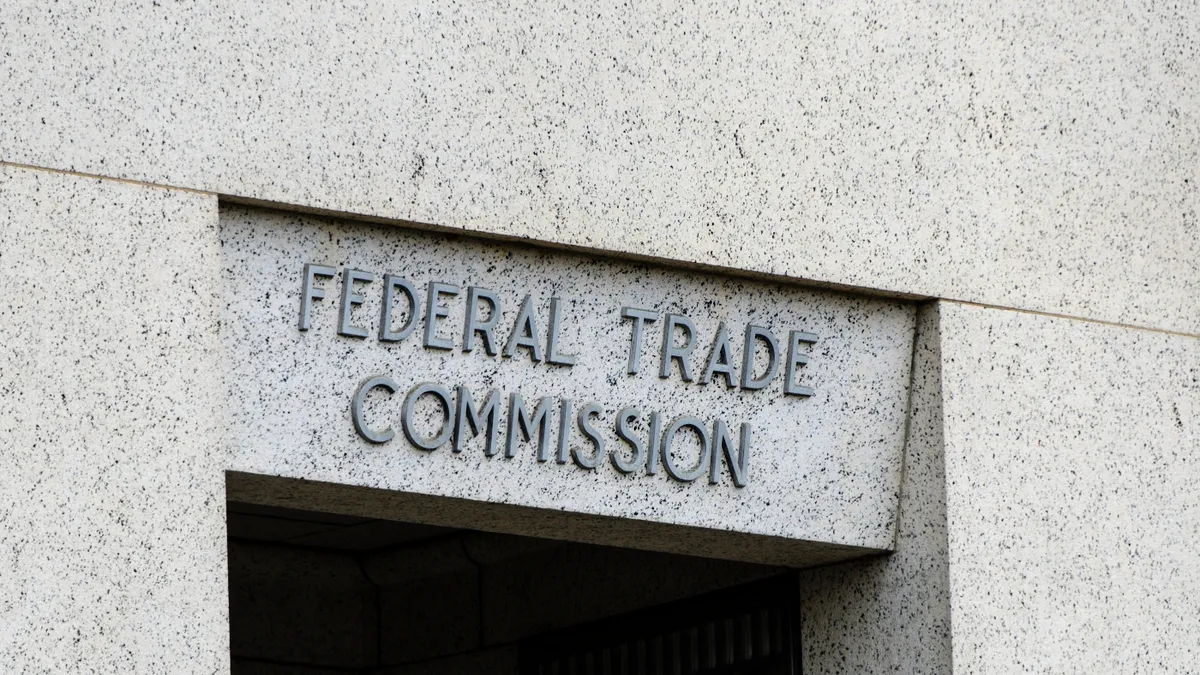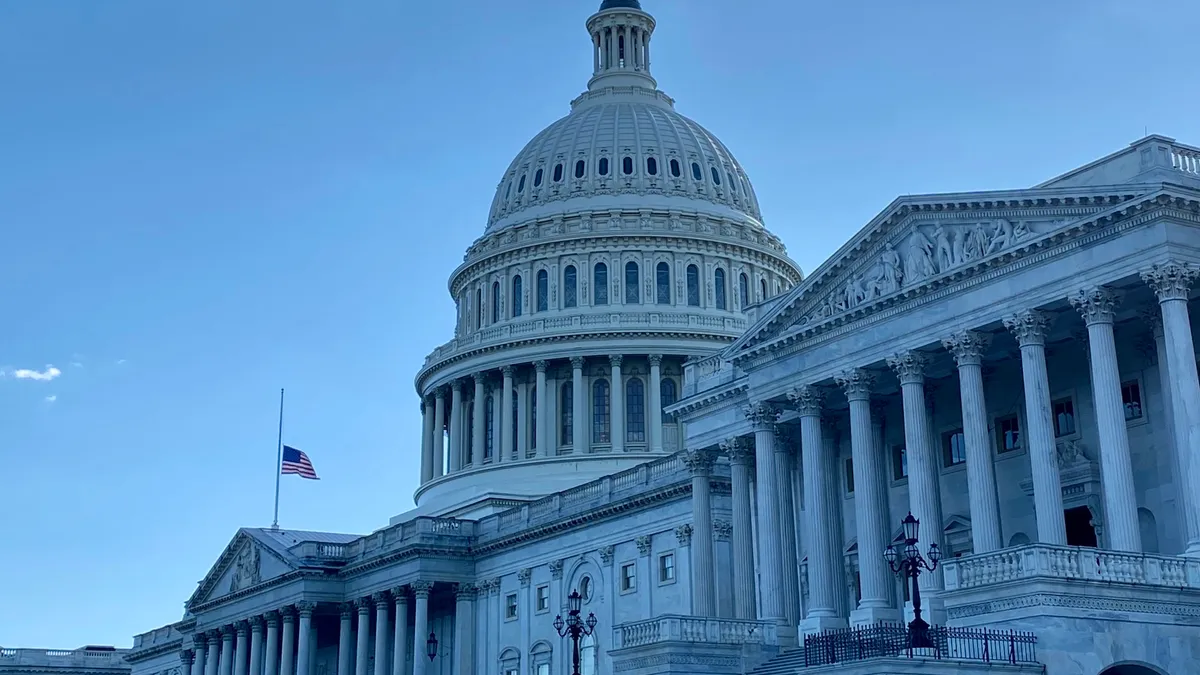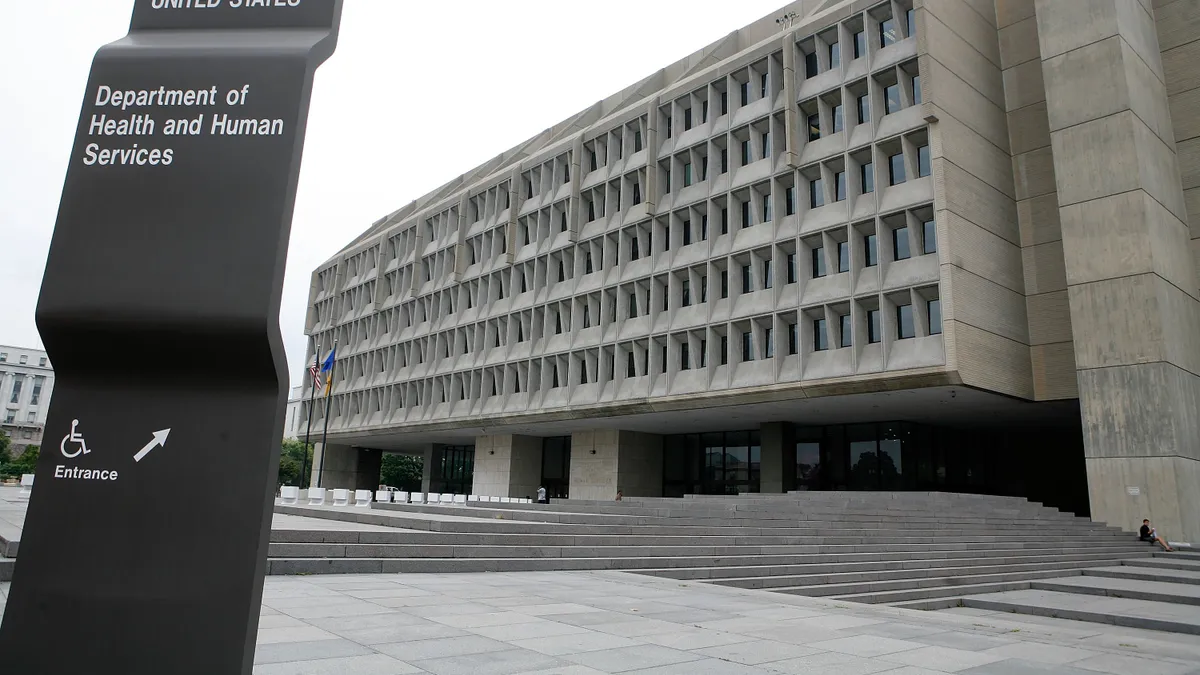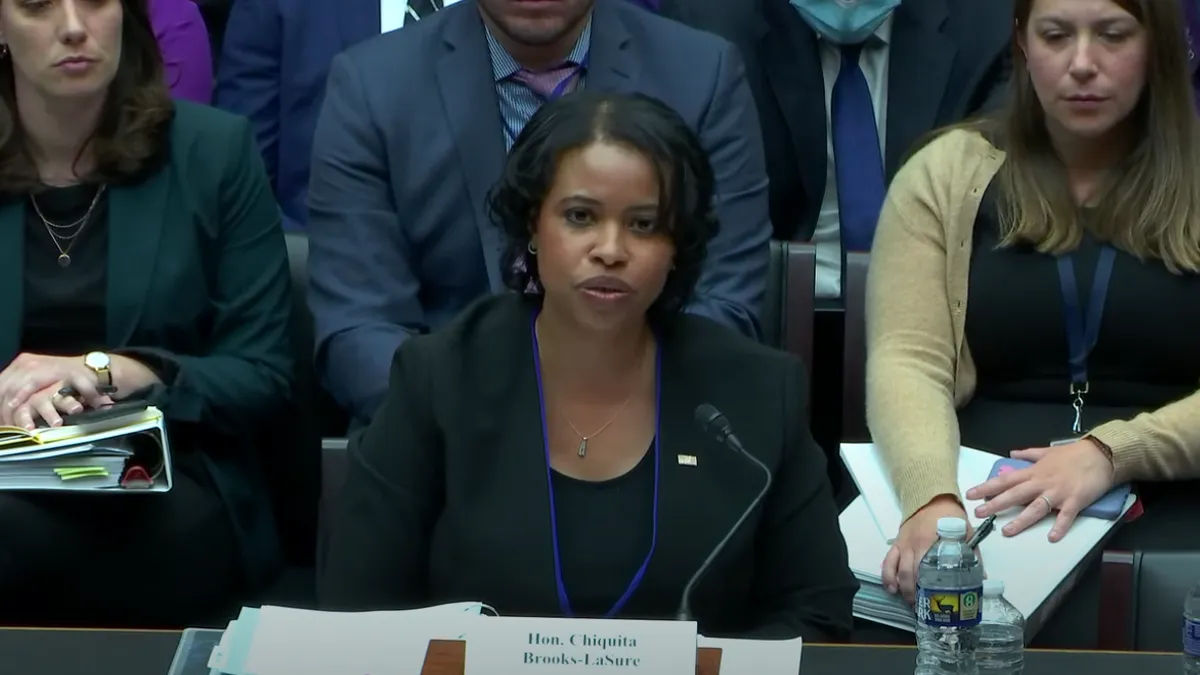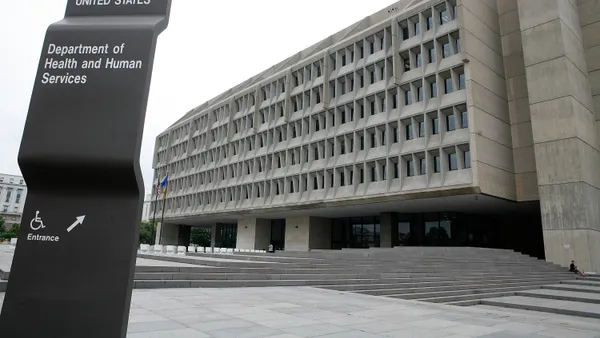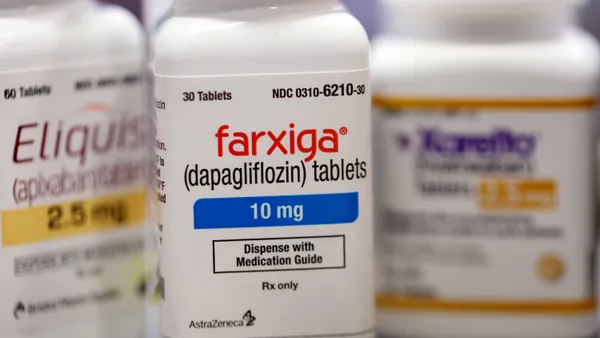Antitrust agencies want everyday Americans to report suspicions of anticompetitive practices in healthcare. Antitrust experts are split on whether this is a good idea.
The Federal Trade Commission, Department of Justice and HHS last month unveiled a portal, HealthyCompetition.gov, where anyone can submit a complaint for antitrust agencies to review — and potentially investigate, if it passes muster.
The goal is to ensure healthcare companies provide quality care, pay workers fair wages and overall just don’t tamp down on market competition, according to a press release from the departments.
The portal could be a source of investigative tips while looping in the public (and the courts) on what types of anticompetitive behaviors the Biden administration wants to pursue, experts say.
Yet antitrust agencies could be deluged with unhelpful complaints, swamping already resource-strapped staff.
Still, “it potentially is very significant. The regulators often state that tips from the public have led to many of their most significant investigations,” said Jim Burns, an antitrust lawyer at Williams Mullen. “I would not minimize for a minute the potential value of this.”
Leaning on the little guy
Pressure has been rising on Washington to crack down on anticompetitive activity in healthcare, as practices like rampant consolidation, opaque contracting practices and backdoor deals contribute to soaring medical costs for consumers.
As a result, President Joe Biden signed an executive order in 2021 directing regulators to step up enforcement in the space.
The president doubled down late last year, telling the FTC, DOJ and HHS to work more closely to address corporate greed in healthcare.
As the White House breathes down their necks, antitrust regulators are increasingly turning to a well-established fount of new areas of investigation: public hints, according to experts.
The FTC, for one, has long had a consumer complaint portal that received more than 74,000 reports of healthcare fraud last year alone. Similarly, most of the cases of Medicaid fraud pursued by HHS task forces begin as referrals from external sources, including the public, according to the department.
However, hosting a portal for average consumers to report anticompetitive behavior relies on the average consumer being able to identify anticompetitive behaviors. That’s not necessarily a safe assumption, experts said.
Most people will have difficulty differentiating business practices that tamp down on market health from the everyday operations of healthcare companies that might give them a headache.
The portal website itself asks consumers to submit only complaints about competition, and not complaints about “failure to pay claims or cover healthcare services, increases in individual insurers’ rates, billing disputes, or general unhappiness about the healthcare system.”
“Consumers may not be well-positioned to identify anticompetitive conduct,” according to Gregory Luib, an antitrust lawyer with law firm Dechert. “They may not be happy about a particular price they’re paying, but they won’t have anywhere near the required information to be able to infer some type of anticompetitive conduct that may be driving that price.”
The portal could provide antitrust agencies a bird’s eye view to find overlap in complaints to zero in on new areas of concern, or additional complaints to bolster an existing investigation, experts said.
For example, regulators could tie together similar complaints regarding the same company, or regarding the same issue in the same region, to find anticompetitive behaviors.
Yet “oftentimes it’s competitors and other market participants who are better positioned to identify potentially anticompetitive conduct. And the agencies tend to be in contact with them fairly regularly,” Luib said.
Educating consumers — and the courts
The new portal is consistent with a number of recent FTC, DOJ and HHS initiatives to get public comment on antitrust issues, like posting requests for information on drug shortages, healthcare consolidation and the conduct of pharmacy benefit managers, experts said.
The FTC has made a particular effort to loop consumers into the conversation under Chair Lina Khan, who was confirmed to the post in 2021.
“It’s consistent with particularly this FTC’s interest in hearing from regular consumers,” Luib said.
But consumers aren’t the only stakeholders the FTC is looking to educate with the new portal, according to experts. The website includes examples of what the agency views as anticompetitive behavior, which could be a resource for courts in reviewing potential challenges to deals.
Such guidelines — like, for example, stricter merger guidelines finalized late last year — hold no legal power themselves, but are frequently relied on by courts when deciding whether to let a deal go through, according to Williams Mullens’ Burns.
"The regulators have come to realize the more we get out and educate the world on our views of what is anticompetitive, that helps us when we bring enforcement actions."

Jim Burns
Chair of the Williams Mullen Antitrust & Trade Regulation Practice Group
For example, the consolidation of healthcare providers, including vertical mergers and roll-ups, could be anticompetitive, according to the portal.
Competitors colluding or price fixing could stifle competition, as could wage-fixing or no-poach agreements that make it harder for workers to move from one job to another, per documentation on the site.
The portal is another forum for the FTC to publish documentation supporting its antitrust arguments in an area with little case law, Burns said.
“The regulators have come to realize the more we get out and educate the world on our views of what is anticompetitive, that helps us when we bring enforcement actions,” Burns said. “This is an attempt to provide some guidance to the public and to the courts on what they view as improper conduct.”
Resource constraints
Despite potential benefits, some experts worry creating another consumer portal might swamp FTC, DOJ and HHS staff with a tsunami of complaints they might not have the resources to comb through, or that could divert funding or staff from other antitrust activities like merger reviews.
“There is certainly the potential for the agencies to be swamped with thousands of comments or complaints from consumers here,” Luib said. Though, the eventual volume depends on how and where the FTC publicizes the portal, and the resource drain is largely a function of whether complaints become actual investigation targets, he said.
Still, public comments can roar in on hot-button issues. For example, the FTC and HHS put out a request for public comment on drug shortages in February, and have already received more than 5,800 submissions.
“They’re going to get a flurry of complaints” about potential anticompetition, said David Balto, an antitrust attorney and former policy director at the Federal Trade Commission.
Meanwhile, the FTC is “severely” understaffed and under-resourced, Khan said in an interview with CNBC in 2022.
The agency is asking for an additional $105 million in funding and 55 additional full-time employees in its 2025 budget request released earlier this year. The “primary drivers of the Commission’s increased resource needs are the high levels of market concentration in major economic sectors including healthcare,” the budget reads.
Already, resource constraints are preventing the FTC from keeping up with the breakneck pace of M&A in the healthcare sector, according to research.
One study published this month found of the over 1,000 hospital mergers between 2002 and 2020, the FTC took enforcement action against just 13, resulting in about a 1% challenge rate. That’s despite roughly 20% of the mergers occurring in overly concentrated markets, or having a high likelihood of increasing prices, the researchers found.
However, the FTC probably wouldn’t have opened the portal if resources were a major concern, experts said. The FTC has gone after a number of major recent deals, including suing to block Novant Health’s purchase of two hospitals in North Carolina.
And, the FTC recently appointed two new administrative law judges, independent agency employees responsible for fact-finding in administrative litigation and rulemaking proceedings, citing its increased workload. The appointments bring the FTC’s total of ALJs to three. Traditionally, the FTC has only had one, according to Burns.
”They seem to find the resources when they need to,” Burns said.
Still, it remains to be seen whether the portal will be a useful resource for regulators, or whether the FTC, DOJ and HHS asking consumers to flag concerns for them as a measure to combat the tidal wave of anticompetitive behaviors in healthcare is akin to rearranging the deck chairs on the Titanic.
“It’s a first step,” Balto said. “But there are much more significant steps they could take.”



